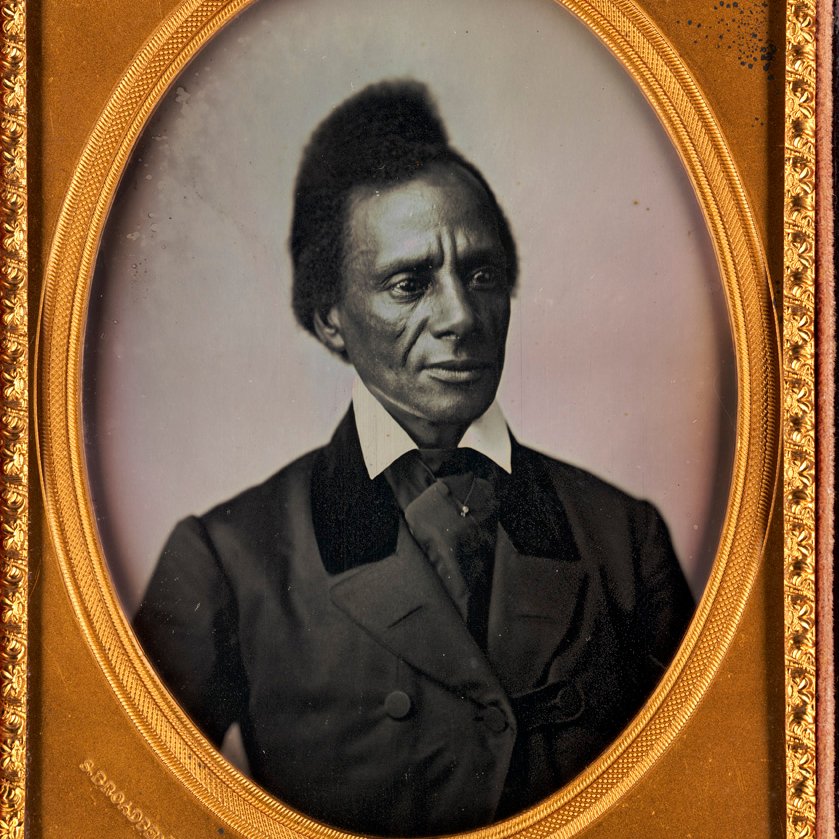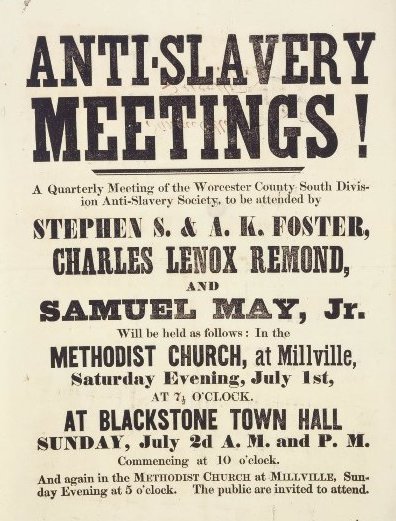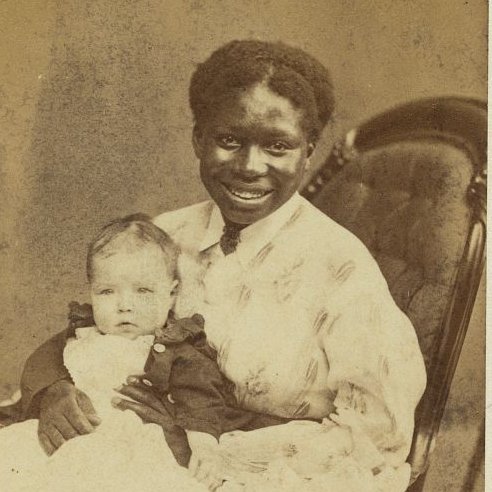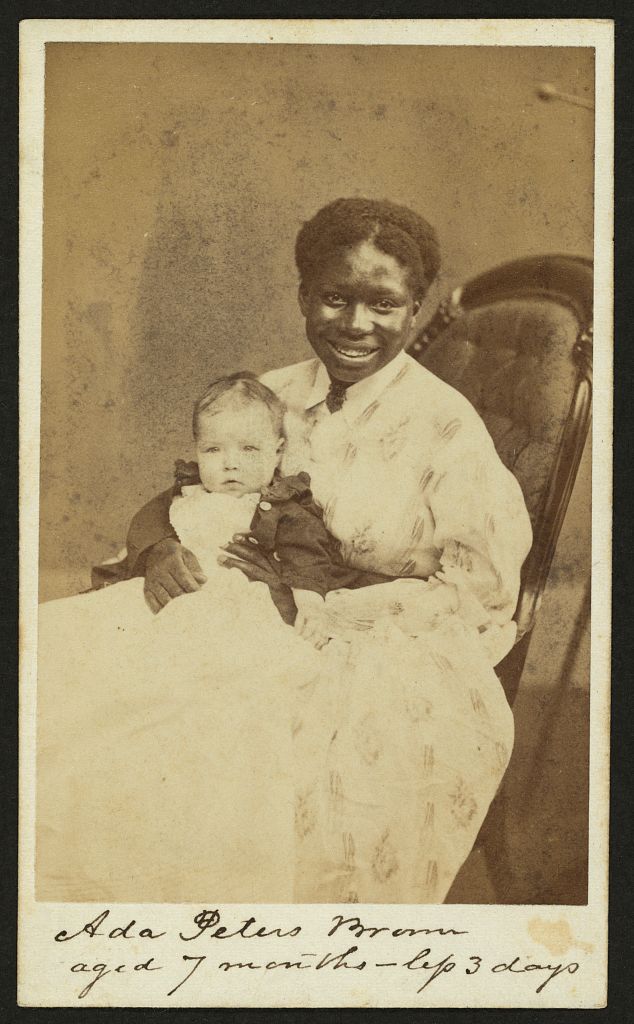
This poster competition last fall from @AIGAdesign generated images that reflect enduring and current themes of women's voting rights. I’ll showcase a few here. Browse the submissions at buff.ly/39Ar3vA
Left by Jenny El-Shamy; papercut (right) by @LynneYun

Left by Jenny El-Shamy; papercut (right) by @LynneYun


. . . along with Shirley Chisholm, who thanks to #KamalaHarrisforthePeople is so iconic that she can be represented without her picture. By Roneka Patterson 

Others celebrated voting as an assertion of power. By @melindabeckart 

And some were cheeky! By @meagdee 

• • •
Missing some Tweet in this thread? You can try to
force a refresh













